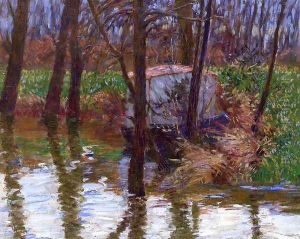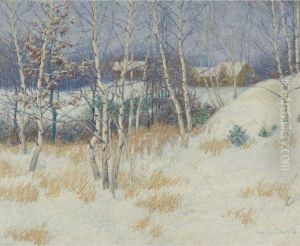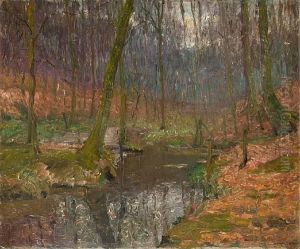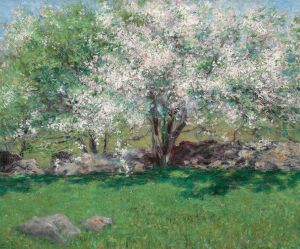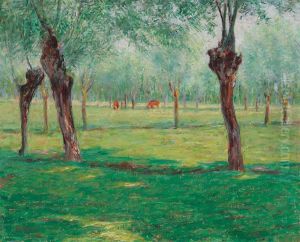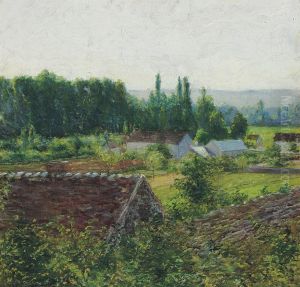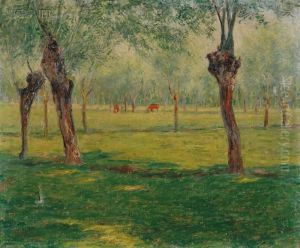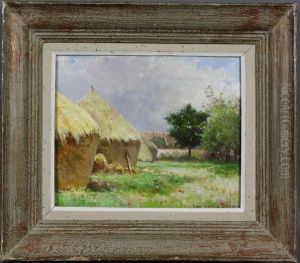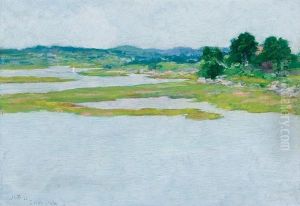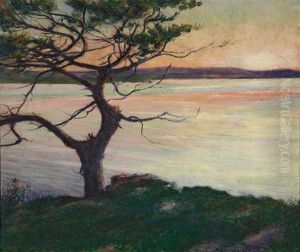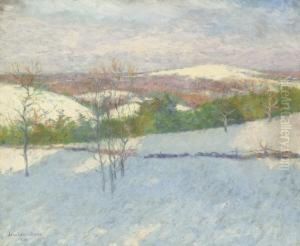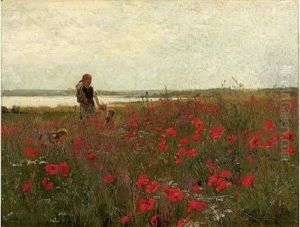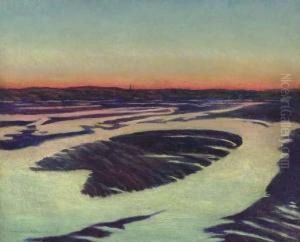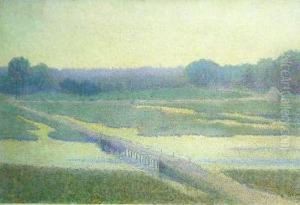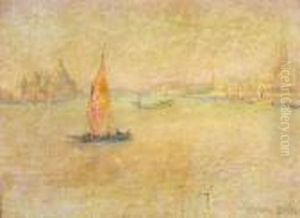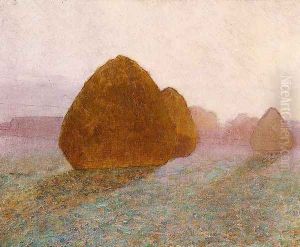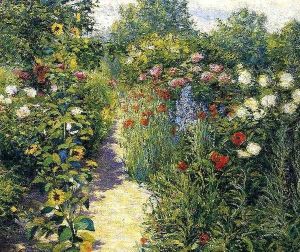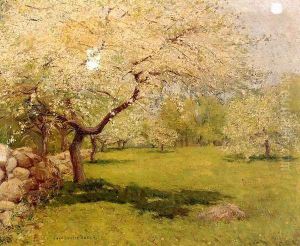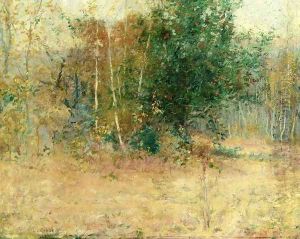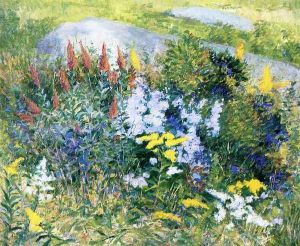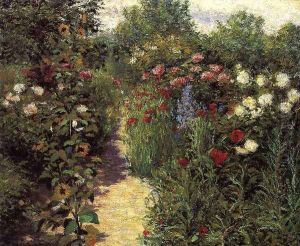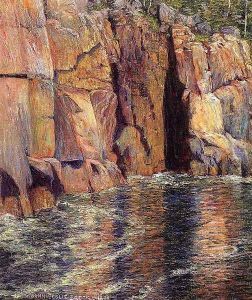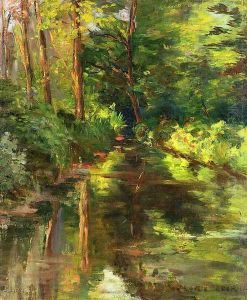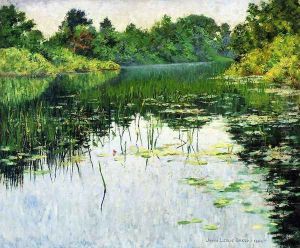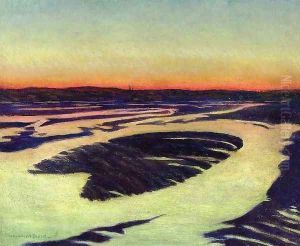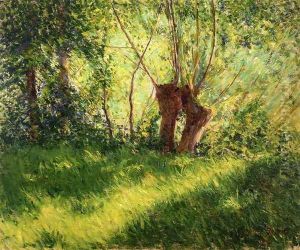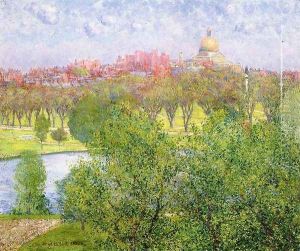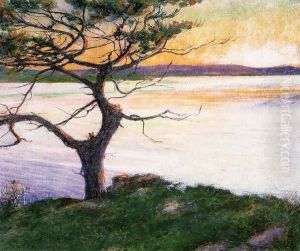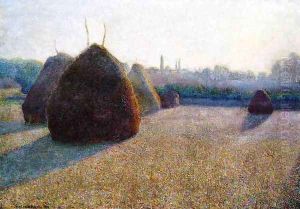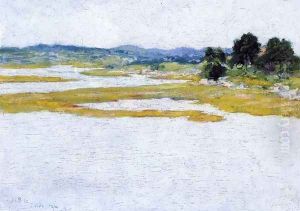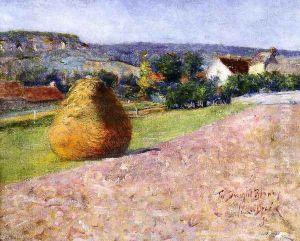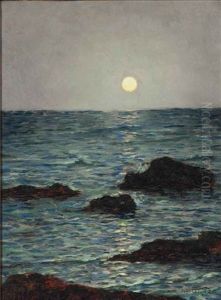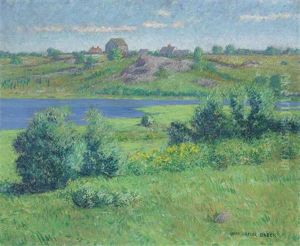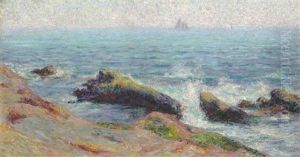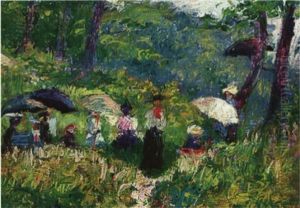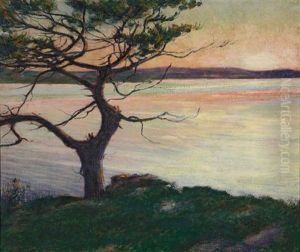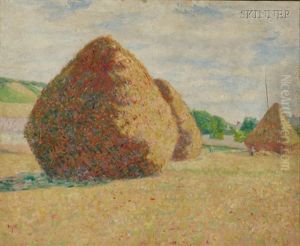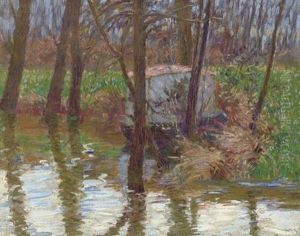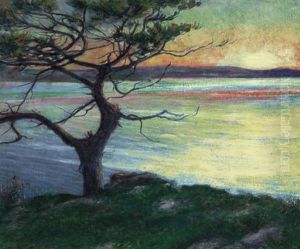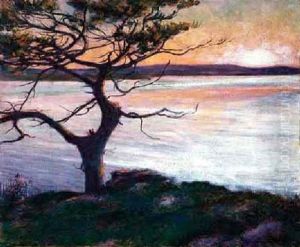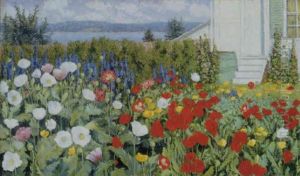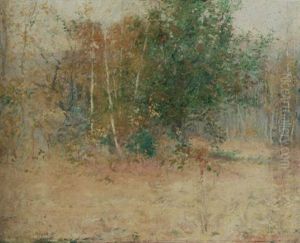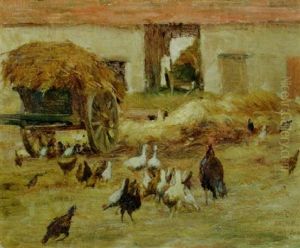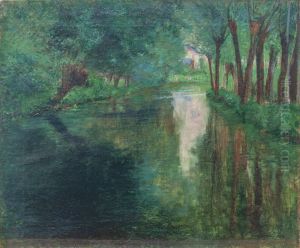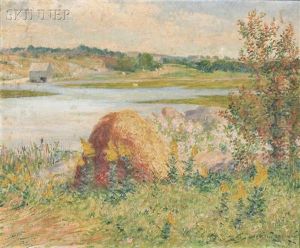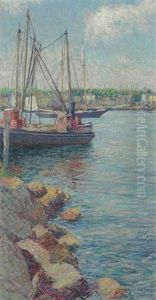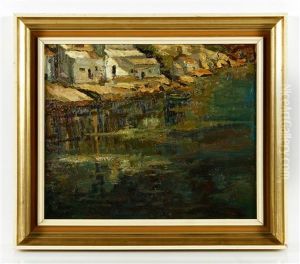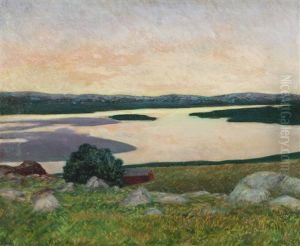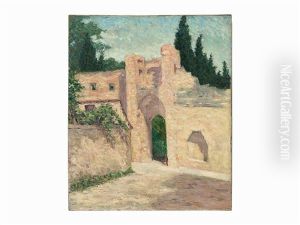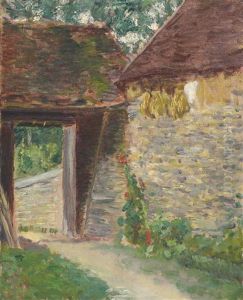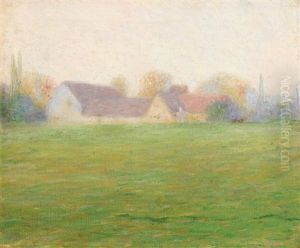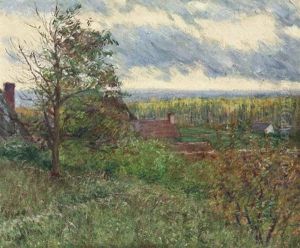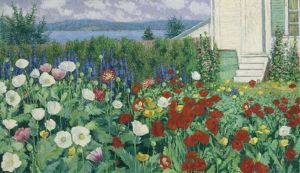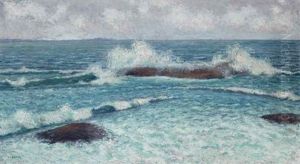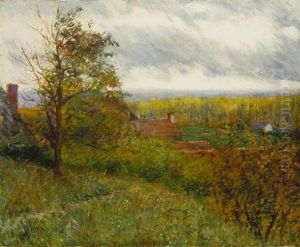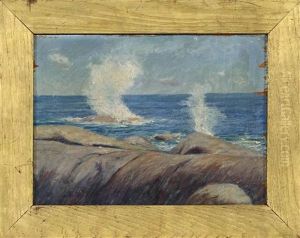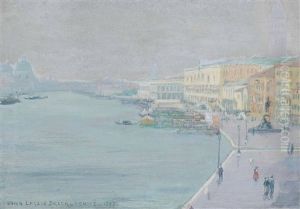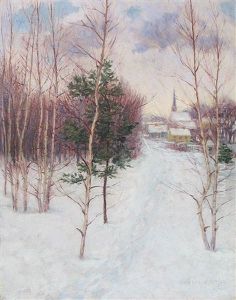John Leslie Breck Paintings
John Leslie Breck was an American Impressionist painter known for his beautiful landscapes and for being one of the first American artists to introduce Impressionism to the United States after experiencing the movement firsthand in France. Born on August 10, 1860, in Seaforth, Ontario, Canada, Breck moved to the United States with his family when he was a child, and they settled in California.
Breck studied art in Munich at the Royal Academy and later in Paris at the Académie Julian. It was during his time in France, particularly in Giverny, that he became acquainted with Claude Monet, the founder of French Impressionism. Under Monet's influence, Breck adopted the Impressionist style, characterized by a lighter palette and a focus on the effects of light and color.
He became part of the artist colony in Giverny and was among the first wave of American artists to work there. His works from this period include series of garden scenes that clearly show Monet's impact on his style. After returning to America in the early 1890s, Breck continued to produce Impressionist paintings and became instrumental in popularizing the style in the United States.
Despite his early success and role in the American Impressionist movement, Breck's career was relatively short-lived. He struggled with personal issues, and his work was not always consistent or well-received by critics of the time. Unfortunately, his life came to a tragic end when he took his own life on March 18, 1899, at the age of 38.
Today, John Leslie Breck's paintings are celebrated for their contribution to American art and for helping to bridge the gap between European and American Impressionism. His works are included in the collections of various important museums, and his influence can be seen in the works of subsequent generations of American artists.
